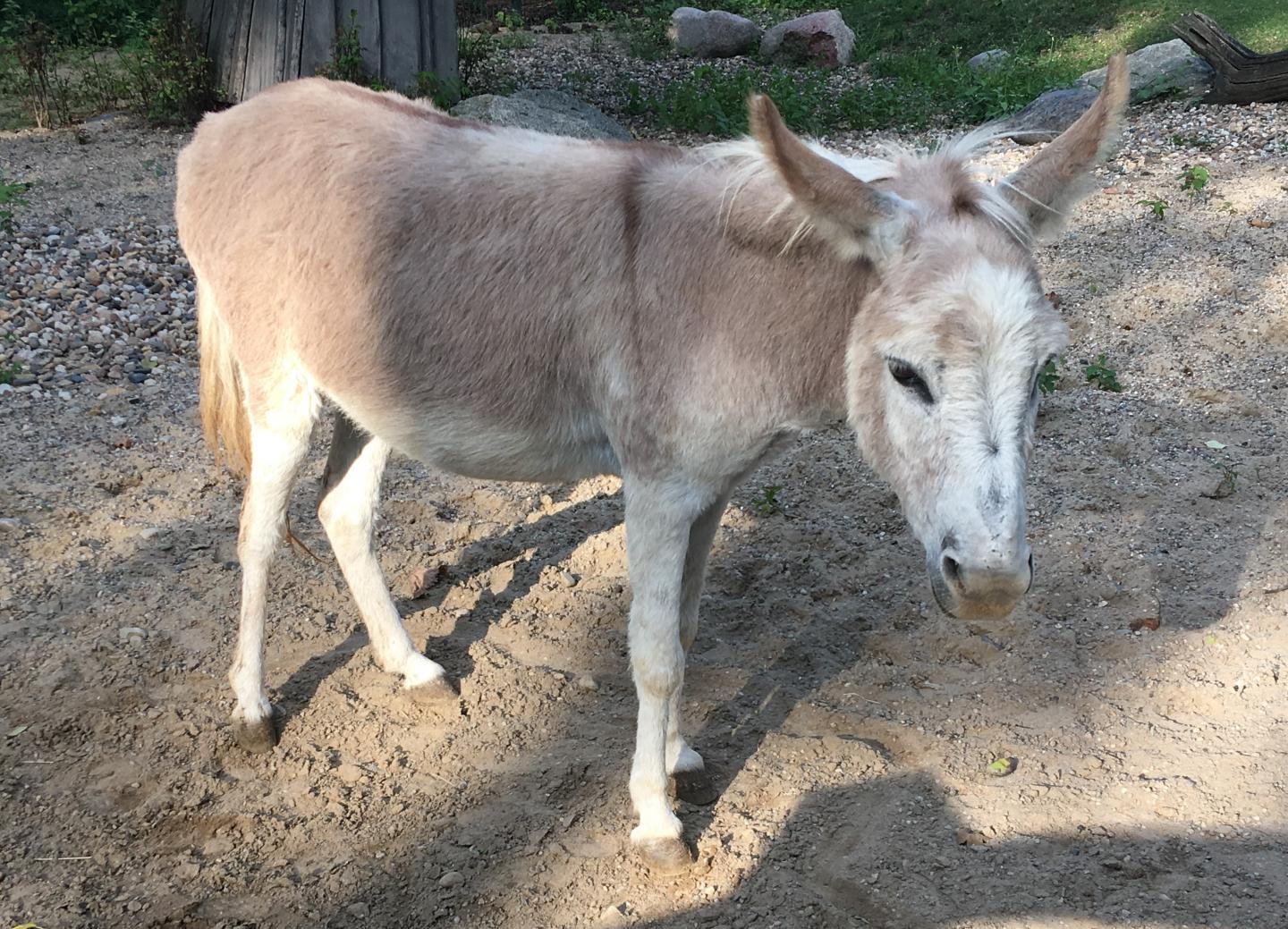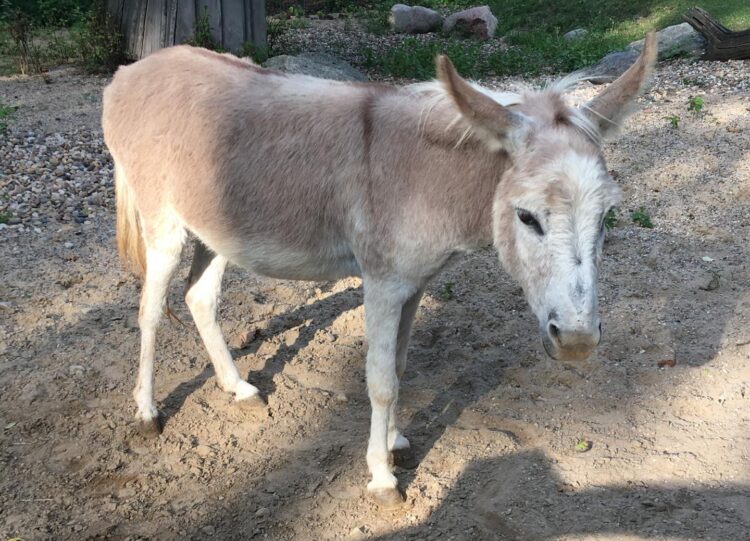The discovery of a previously unknown hepatitis B virus in donkeys and zebras opens up new opportunities for understanding the course of the disease

Credit: Rasche
Hepatitis B virus (HBV) infections are among the major global health problems. Particularly problematic is the high number of chronic courses of the disease, causing the deaths of more than 800.000 people globally every year. So far, there is no therapy to cure the condition. “With the discovery of a new hepatitis B virus in donkeys and zebras capable of causing prolonged infections, we now have the opportunity for a better understanding of the chronic course of the disease and thus also for mitigation or prevention of severe clinical consequences,” explains Prof. Dr. Jan Felix Drexler, DZIF researcher at the Charité – University Medicine Berlin. In the German Center for Infection Research (DZIF), he identifies and characterizes emerging viruses that could be dangerous for humans.
“Five years ago we were able to show for the first time that donkeys harbor viruses that are genetically related to the human hepatitis C virus,” explains Andrea Rasche, lead author of the study and DZIF scientist at the Charité – University Medicine Berlin. Since HBV and the hepatitis C virus (HCV) often occur together in humans, the researchers have also searched for HBV worldwide in donkeys. In addition to field work, extensive molecular, serological, histopathological and evolutionary biology methods were used. “We have studied nearly 3000 samples from equids, i.e. from donkeys, zebras and horses in five continents, and we found that donkeys are global carriers of the new hepatitis B virus,” explains Drexler.
The origins of the new HBV could be linked to the domestication of donkeys in Africa a few thousand years ago. Donkeys are naturally infected with HBV as well as with HCV. Zebras are also infected with HBV; horses are also likely to be receptive, but in initial studies, the scientists could not confirm any naturally infected horses. In naturally infected donkeys, the course of the infection is similar to chronic hepatitis B in humans.
“The new hepatitis B virus appears to use an unknown receptor for entry into the host cell,” explains Felix Lehmann, second lead author of the study and DZIF scientist at Giessen University (JLU) where he studied the molecular biology of virus binding and entry in cell culture. The emergence of human HBV and the development of its receptor use remain unclear and are jointly investigated by the researchers from Berlin and Giessen.
“Since the virus is unable to infect human liver cells, human infection with this virus can be ruled out with a high degree of probability,” emphasises Prof. Dr. Dieter Glebe, Head of the National Reference Centre for Hepatitis B and D viruses at JLU and DZIF scientist in the “hepatitis” research unit. The scientists are convinced that with the virus in donkeys and zebras, they can develop a better understanding of the pathogenesis of chronic hepatitis B and of HBV/HCV co-infection to lay a foundation for new therapies.
###
Media Contact
Jan Felix Drexler
[email protected]
Related Journal Article
http://dx.





